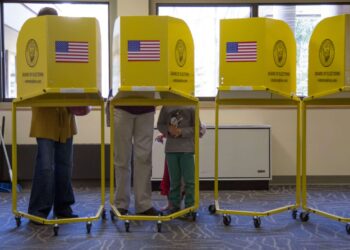As Americans brace themselves for the biannual clock change, Senators Rick Scott and Marco Rubio have reignited the conversation around making daylight saving time (DST) permanent. With the support of a bipartisan bill, the Sunshine Protection Act, which the Senate passed unanimously in 2022 and was reintroduced in the House in 2023, the duo aims to put an end to the clock-switching ritual.
According to a recent Economist/YouGov poll, a significant majority of Americans (62%) favor stopping the time change, aligning with the lawmakers’ efforts. The act seeks to eliminate the disruptive “fall back” and “spring forward” adjustments that have long been a part of American life, except in Arizona, Hawaii, and U.S. territories where standard time is observed year-round.

Despite the Senate’s approval, the bill failed to reach President Joe Biden’s desk in 2022. However, Florida Representative Vern Buchanan has reintroduced it, hoping to finally put an end to the “stupid practice” of clock changing, as Rubio stated.
This push for a permanent DST has seen support across states, with 28 bills introduced and 36 carried over related to daylight saving time this year alone. Approximately two dozen states are considering the move, contingent on congressional approval to allow such a change.
Historically, attempts to modify or abolish the time change have been met with mixed reactions. The U.S. experimented with year-round daylight saving time during World War II and briefly in 1974 during an energy crisis, both times reverting back due to public discontent with late sunrises in winter months.
As the debate continues, and with a substantial portion of the public ready for a change, the question remains whether this attempt to solidify daylight saving time will succeed where others have stumbled.
Read the full article here








